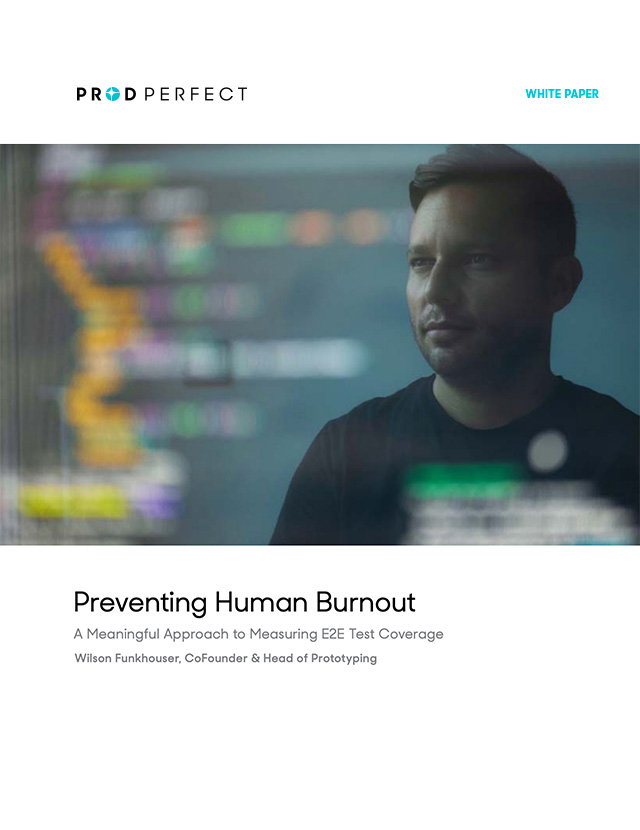Are Your Testing Metrics Overextending Your Dev Team?
QA is a living, breathing ecosystem inhabited by humans. These humans are limited resources that can burnout from any number of factors, and when QA metrics aren’t calibrated for your business’s needs, burnout is all the more likely.
Designing QA metrics is particularly hard because engineers have to manage complex product interactions in a changing ecosystem. Product Owners often don’t have an effective means of managing incident response. To fully solve this problem requires fundamental shifts in how we assess our QA ecosystems.
Better Metrics Keep Your QA Process Lean & Mean
In distinguishing proper QA coverage metrics for your business, there are three key considerations to keep in mind:
- Moving fast – To move fast, we need to balance the cost of adding tests with the costs of runtime and repairing bugs in deployment.
- Having acceptable coverage – Since no QA system will realistically have 100% coverage for any application or cover every single use case, we must focus on the level of coverage we actually need.
- Covering business priorities – As we measure coverage, we need to balance business-level metrics or key performance indicators (KPIs) with the ways that users are actually using the web app
ProdPerfect’s data-driven, user-based framework for E2E test coverage ensures that the things people do most frequently on an app aren’t going to break while avoiding overburdening developers with maintaining bloated test suites.
Design a meaningful testing framework to maximize coverage and prevent developer burnout with the power of data-driven QA metrics.

